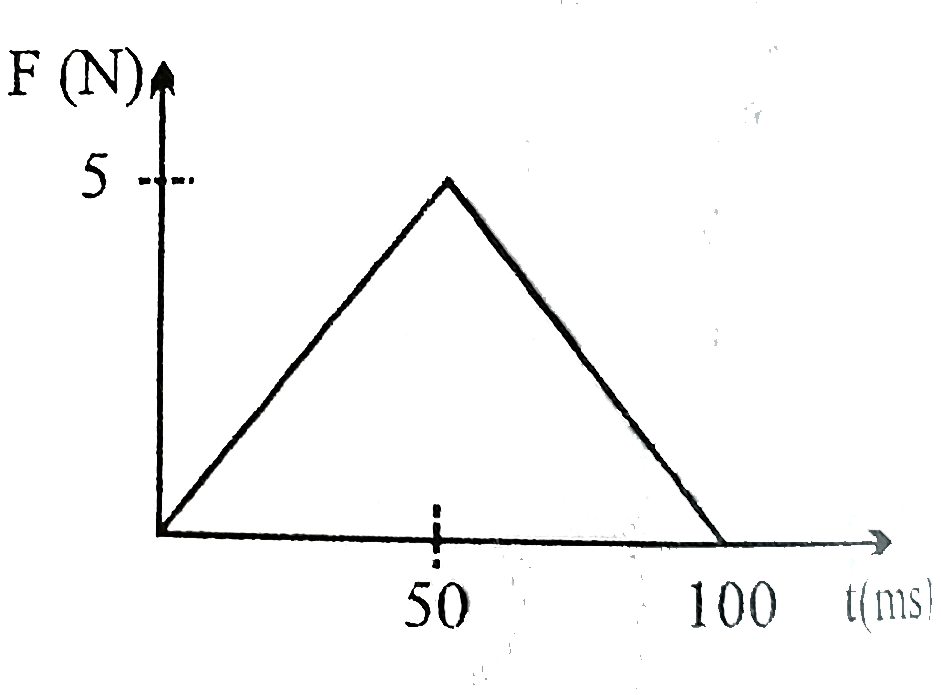Force acts on an object may change
direction
shape
speed
all of above
The correct Answer is:D
To solve the question "Force acts on an object may change," we need to analyze the effects of force on an object. The options provided are direction, shape, speed, or all of the above. Let's go through the reasoning step by step.
1. Understanding Force:
- Force is a push or pull acting on an object. It can cause changes in the object's state of motion or shape.
2. Effect on Speed:
- When a force is applied to a moving object, it can either increase or decrease its speed.
- If the force acts in the same direction as the motion, it speeds up the object.
- If the force acts in the opposite direction, it slows down the object.
3. Effect on Direction:
- Force can also change the direction of an object's motion. For example, if a car turns while moving, the force applied by the steering wheel changes its direction.
4. Effect on Shape:
- Force can change the shape of an object. For instance, if you squeeze a balloon, you apply force that alters its shape.
5. Conclusion:
- Since force can change speed, direction, and shape, the correct answer to the question is "all of the above."
Final Answer:
Force acts on an object may change direction, shape, speed, or all of the above. Therefore, the answer is all of the above.
---
- Force is a push or pull acting on an object. It can cause changes in the object's state of motion or shape.
- When a force is applied to a moving object, it can either increase or decrease its speed.
- If the force acts in the same direction as the motion, it speeds up the object.
- If the force acts in the opposite direction, it slows down the object.
- Force can also change the direction of an object's motion. For example, if a car turns while moving, the force applied by the steering wheel changes its direction.
- Force can change the shape of an object. For instance, if you squeeze a balloon, you apply force that alters its shape.
- Since force can change speed, direction, and shape, the correct answer to the question is "all of the above."
Force acts on an object may change direction, shape, speed, or all of the above. Therefore, the answer is all of the above.
Topper's Solved these Questions
- BOOK - PEARSON IIT JEE FOUNDATIONCHAPTER - FORCE AND PRESSUREEXERCISE - CLASSROOM CORNER( A.Very Short Answer Type Questions) (Subjective type Questions)12videos
FORCE AND PRESSURE
- BOOK - PEARSON IIT JEE FOUNDATIONCHAPTER - FORCE AND PRESSUREEXERCISE - CLASSROOM CORNER( A.Very Short Answer Type Questions) (Assertion-Reason Type Questions)3videos
FORCE AND PRESSURE
- BOOK - PEARSON IIT JEE FOUNDATIONCHAPTER - FORCE AND PRESSUREEXERCISE - HOTS-HIGHER ORDER THINKING SKILLS10videos
FORCE AND PRESSURE
- BOOK - PEARSON IIT JEE FOUNDATIONCHAPTER - ELECTROMAGNETISMEXERCISE - CONCEPT APPLICATION ( LEVEL 2)20videos
ELECTROMAGNETISM
- BOOK - PEARSON IIT JEE FOUNDATIONCHAPTER - FRICTIONEXERCISE - Competition Corner54videos
FRICTION
Similar Questions
A force of 7N acts on an object. The displacement is, say 8m, in the direction of the force, Let us take it that the force acts on the object throughout the displacement. What is the work done in this case ?
 View Solution
View SolutionWhat happens when force acting on an object are in opposite direction and equal?
View Solution
Knowledge Check
- Question 1 - Select One
A combination of all the forces acting on an object is called ______
Abalanced forceBnet forceCgross forceDunbalanced force - Question 2 - Select One
When a net force acts on an object, the object will be accelerated in the direction of the force with an acceleration proportional to the
Aforce on the objectBvelocity of the objectCmass of the objectDinertia of the object - Question 3 - Select One
When a net force acts on an object, the object will be accelerated in the direction of the force with an acceleration proportional to
Athe force on the objectBthe velocity of the objectCthe mass of the objectDthe inertia of the object
A force F acts on an object (mass=1 kg) which is initially at rest as shown in the figure. Draw the graph showing the momentum of the object varying during the time for which the force acts.
 View Solution
View SolutionWhat is the minimum number of forces acting on an object in a plane that can produce a zero resultant force ?
View SolutionA Force F acting on an object varies with distance x as shown in the figure.

The work done by the force in moving the object from x=0 to x=8m isView SolutionFour forces act on a point object. The object will be in equilibrium, if
View SolutionBuoyant force acting on an object is equal to the
View Solution
